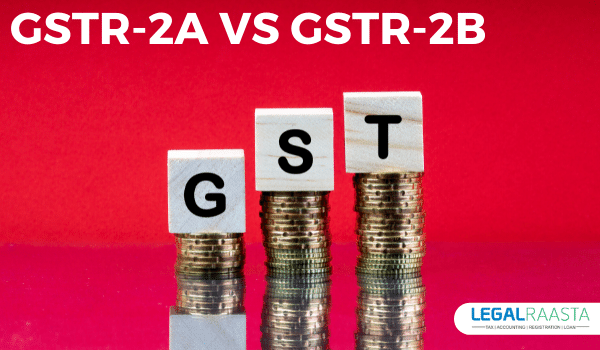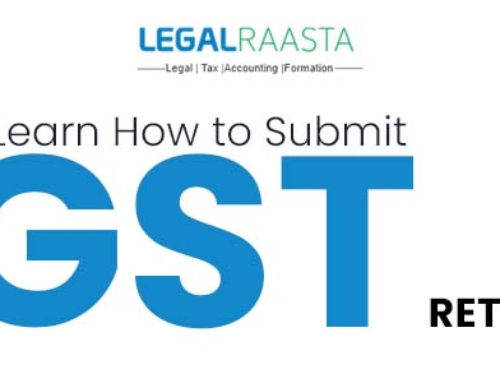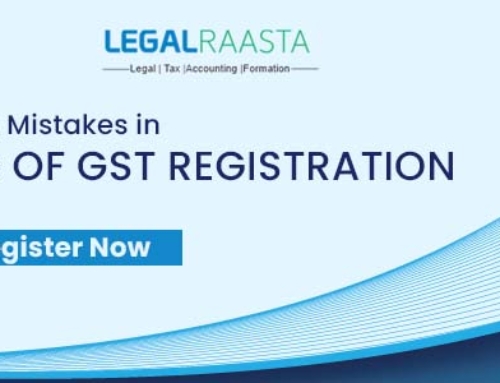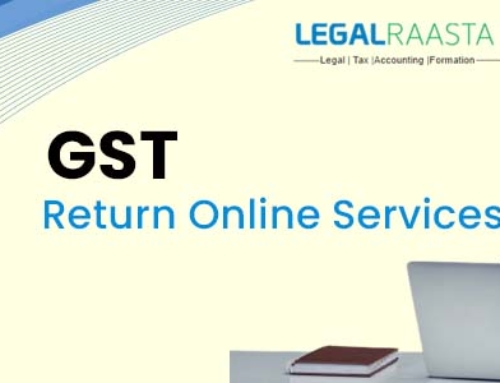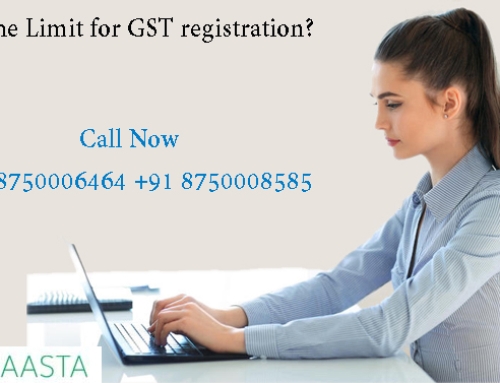The following two forms of auto-populated returns/statements have recently been established under the Goods and Services Tax –
- GSTR-2A – Information about auto-drafted supply
- GSTR-2B – ITC statement generated automatically
Surprisingly, the above-mentioned statement includes both data of inbound goods and details of an input tax credit. It’s crucial to know the difference between the two statements because they cover the same information.
The following article briefly compares and contrasts Forms GSTR-2A and GSTR-2B, as well as offers guidance on which statement should be used as the basis for an input tax credit.
Basics of Form GSTR-2A and Form GSTR-2B
Contents
Before delving into the differences, it’s crucial to first grasp the fundamentals of both the Form GSTR-2A and Form GSTR-2B –
Form GSTR-2A-
- Form GSTR-2A is an auto-populated (system-generated) return that reflects inbound supply (purchase-related transactions).
- Form GSTR-2A is automatically prepared to depend on the information/details provided by the supplier, seller, or counterparty in the following returns –
- Form GSTR-1 – return to be filed by a regular taxpayer.
- Form GSTR-5 – non-resident tax return.
- Form GSTR-6 — return to be filed by a distributor of input services.
- Form GSTR-7 — tax deductor’s return to be filed.
- Form GSTR-8 — return to be filed by an e-commerce operator who is responsible for tax collection.
- It also includes information on goods imports as well as inbound supplies of items from SEZ units/developers.
Form GSTR-2B-
- Form GSTR-2B is an auto-populated (system-generated) statement that reflects input tax credit information.
- The statement is generated automatically on the 12th of the following month.
- The information in Form 2B is auto-populated based on the returns provided by the suppliers/sellers. –
- Form GSTR-1;
- Form GSTR-5;
- Form GSTR-6; and
- Import data as received from ICEGATE.
The distinction between Form GSTR-2A and Form GSTR-2B
Despite the fact that Form GSTR-2A and GSTR-2B contain comparable information, they differ in a number of respects. The distinctions between the two kinds are summarised here –
- Type of statement-
GSTR-2A is a dynamic statement in its most basic form. Details on inbound supply in relation to input tax credit will be updated on a regular basis.
Form GSTR-2B, on the other hand, is a type of static statement. The information will be updated on a regular basis.
- The basis for reflection of details-
The specifics of inward supply will be included in the statement in real-time if you use Form GSTR-2A.
In other words, the information will be updated as soon as the supplier provides information about outbound supplies, either in Form GSTR-1 or through the Invoice Furnishing Facility (i.e. IFF).
For example, the registered person neglected to report some supplies when filing Form GSTR-1 for the month of January 2021. The registered person reported the missing supply on completing Form GSTR-1 for the month of February 2021. As a result, in February 2021, the details of any missed supplies will be reported on Form GSTR-2A.
The specifics of inward supply, on the other hand, will be reflected in a static way on Form GSTR-2B. It will show the information of outbound supply reported by the supplier between two Form GSTR-1 or Invoice Furnishing Facility due dates.
Assume that the registered individual submits the information of outward supply for the month of January 2021 after the deadline. The associated information of inward supply and the input tax credit will not be shown in Form GSTR-2B in January 2021 in this situation.
- Bifurcation of eligible and ineligible Input Tax Credit-
The split of eligible and ineligible input tax credits is not available on Form GSTR-2A. Form GSTR-2B, on the other hand, distinguishes between eligible and ineligible input tax credits.
- Data source-
Form GSTR-2A collects/compiles data from the supplier’s Form GSTR-1, Form GSTR-5, Form GSTR-6, Form GSTR-7, and Form GSTR-8 returns.
Form GSTR-2B, on the other hand, compiles data from the supplier’s Form GSTR-1, Form GSTR-5, and Form GSTR-6.
The basis for an input tax credit
The registered person will be eligible for a maximum of 5% of an input tax credit in respect of invoices/ debit notes that are not reflected by the supplier in Form GSTR-1 or invoice furnishing facility, as per rule 36(4) of the Central Goods and Services Tax Rules, 2017.
In order to comply with the provisions of Rule 36, the question of whether to use Form GSTR-2A of Form GSTR-2B as the base would inevitably arise (4).
As previously stated, Form GSTR-2B is static and thus can be used as a starting point. Notably, the GST system is currently auto-reflecting input tax credit values in Form GSTR-3B as per Form GSTR-2B. It is crucial to note, however, that the board/government has not provided any clarification on the subject.
Read, also: GSTR1 and GSTR3B Due Date Extended: Only in Some Cases

